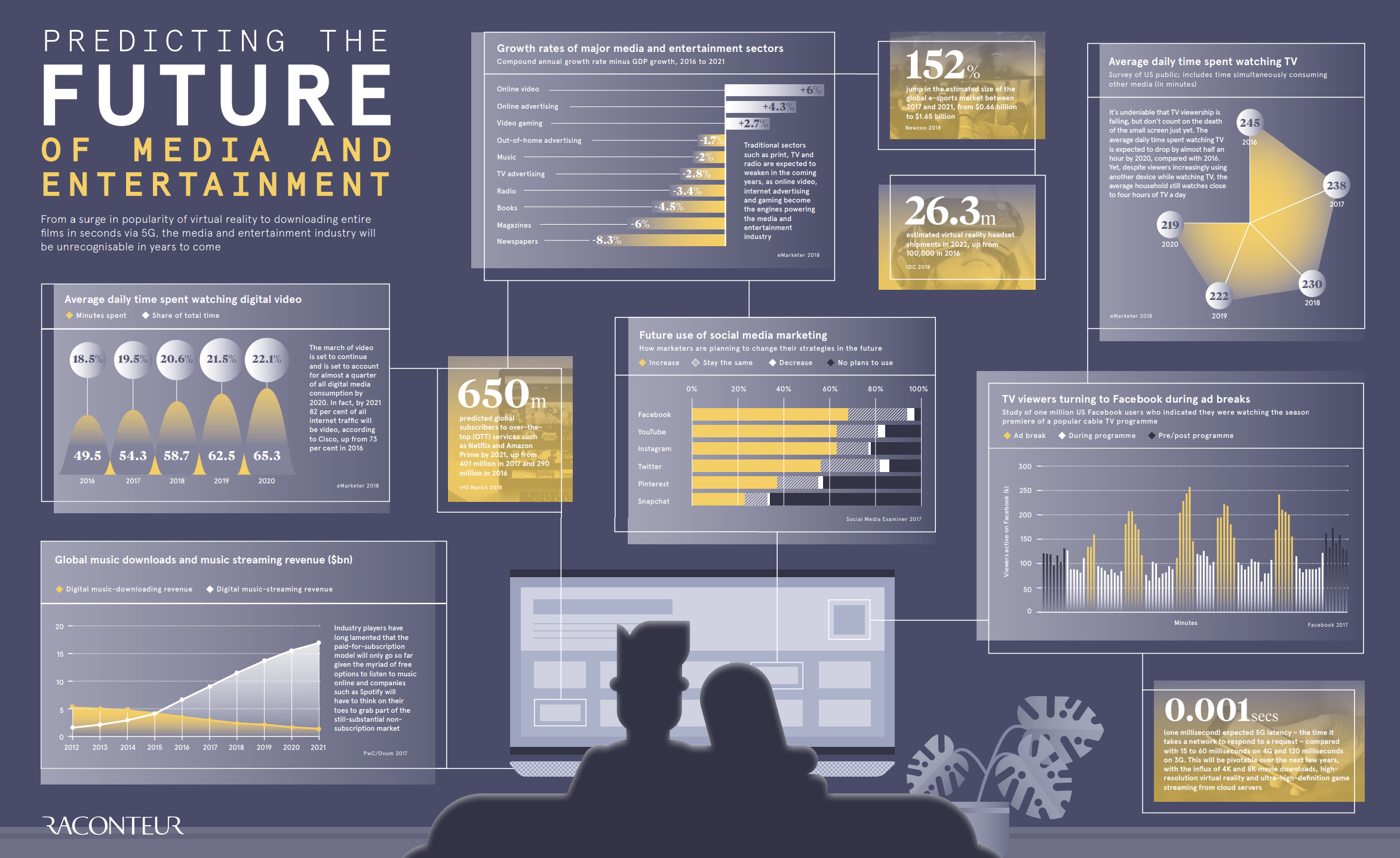It often baffles me why airline travel gets higher customer satisfaction scores than subscription TV, video on demand, internet access or fixed line telecom service.
Some will glibly argue it is because of poor customer service or prices too high in relationship to value. Many of us would argue the former is not much of a problem these days, though the latter is an issue.
But lots of products tracked by the American Customer Satisfaction Index arguably have troublesome customer service issues or price-value issues and yet get higher scores.
I might enjoy my smartphones. I do not enjoy the prices. Hospitals have high value, but also very high prices. Insurance products also score higher than other subscription products, but how many of you do not believe there are huge value-price problems there?
The value-price relationship for streaming should therefore fix that problem. And perhaps that is partly true.
The new video streaming service category rates a “75” score, on par with privately-owned utilities, but above scores for internet access, fixed network voice, linear TV subscriptions or even mobile service. One might have thought streaming would score even better than it did.
I do not personally find customer service provided by almost any communications service provider to be much of an issue these days, though the value-price relationship of linear services is a question.
Internet access service continues to be the absolute lowest-rated industry, in terms of ACSI satisfaction scores, and I cannot explain why that should be the case. Internet access providers score as low as do linear video providers.
Maybe people attribute Wi-Fi flakiness to be a property of their ISP's service. Maybe, even for a foundational service, internet access is deemed too expensive for the price paid.
Any subscription service has the problem of reminding customers every month how much they are paying. Perhaps unhappiness therefore gets a monthly reminder.

